If you want to get stronger, build muscle, or improve your fitness, you have to push to your absolute maximum right? Week in, week out, grind hard right?
Well, maybe not.
In fact, you might get better results by taking an easier week. That’s why we’re going to be discussing deload weeks in this blog post.
Depending upon what circle of fitness you come from, you may have never heard of the term. In a lot of groups it’s just train hard week in and week out or get out. In other groups who are a bit more science based and focused on the long term, you’ll hear about this thing called deloads.
For those who have never heard of a deload week, it’s essentially where we make a training week easier than usually.
The basic premise is that by going easier than usual, we will have increased recovery, allowing you to feel better, move better, and get more results.
While that sounds simple, and awesome to a lot of people, it leaves a lot of uncertainty.
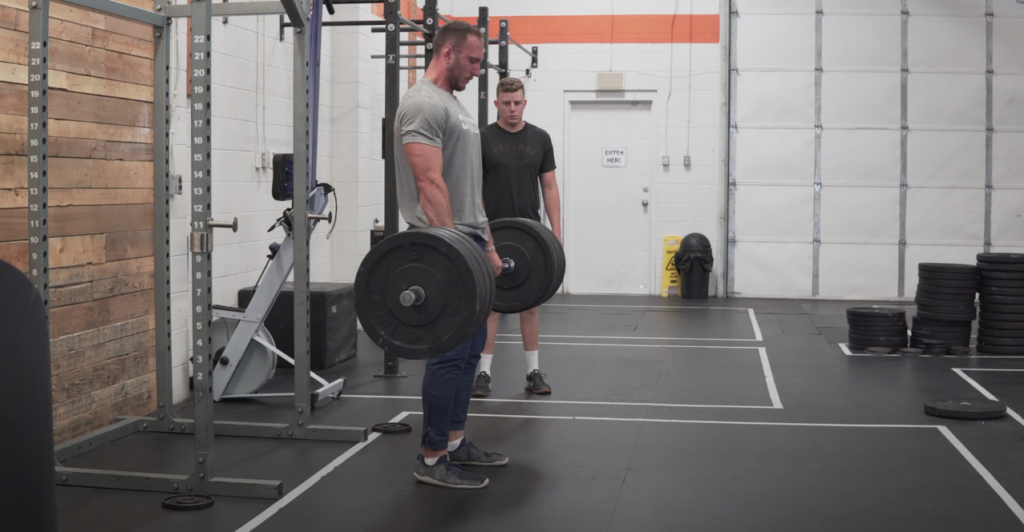
What is the actual science around deloads?
When should we deload?
Do you decrease sets or effort?
How much easier should our training be?
Can you go too light or do too little volume?
Will you lose muscle or strength from taking it easier?
Today we’re going to tackle all of that and examine the research all around deloads!
Let’s start off some of the theory surrounding why people use deloads.
There are two main models that encouraged the implementation of deloads – and they’re very similar. These are the supercompensation model and the fitness-fatigue model.
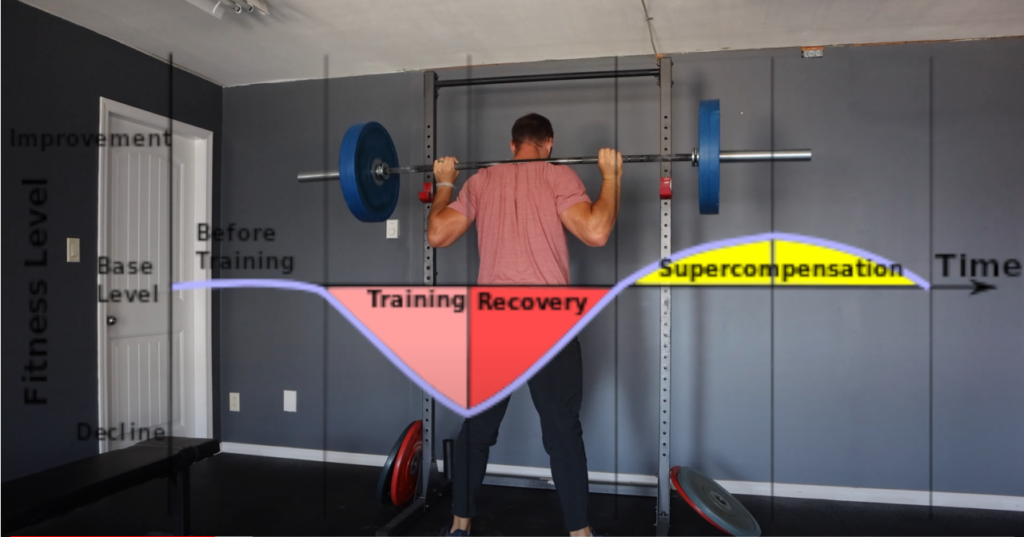
In the supercompensation model, when we work out we decrease our current preparedness but with sufficient time to recover, we come back to baseline, and can actually exceed our baseline AKA supercompensation.
This is one of the main driving principles behind training – we don’t want to just get back to baseline – but actually be better than before.
The fitness-fatigue model discusses the relationship between our fitness, fatigue, and performance. If we want to improve our performance we have two main options – to increase our fitness, or to reduce our fatigue.
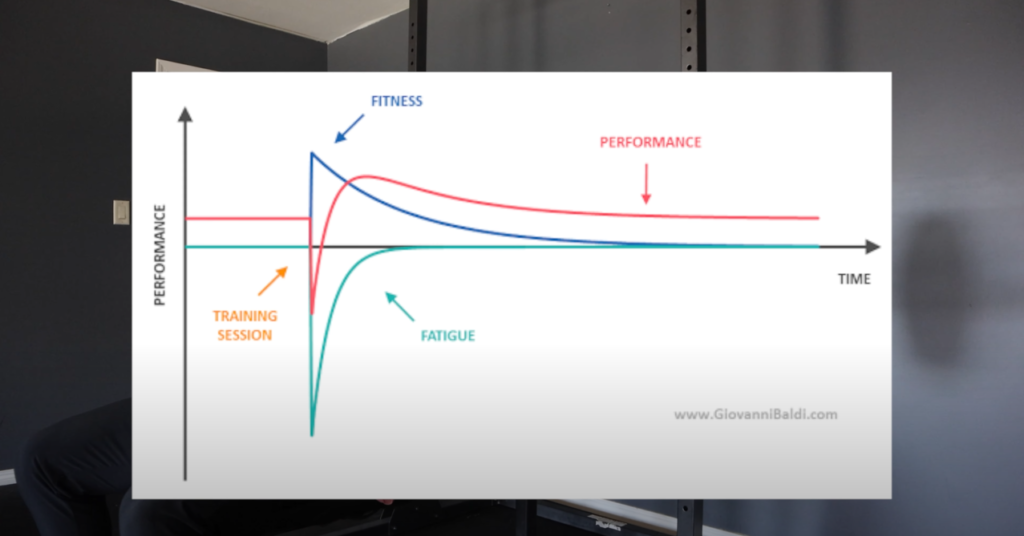
To increase our fitness, we need to train hard enough that it challenges our body to adapt and improve over time – building new muscle, improving our nervous systems ability to coordinate, etc.
As we do that though, it can come at an expense of accumulating fatigue. If we continue to train hard, and keep accumulating a lot of fatigue, we can exceed our ability to recover and gradually stop making progress.
It’s common to hear people complain about a lot of soreness, aches, and pains around this time, with injuries commonly popping up with continued pushing beyond recovery abilities.
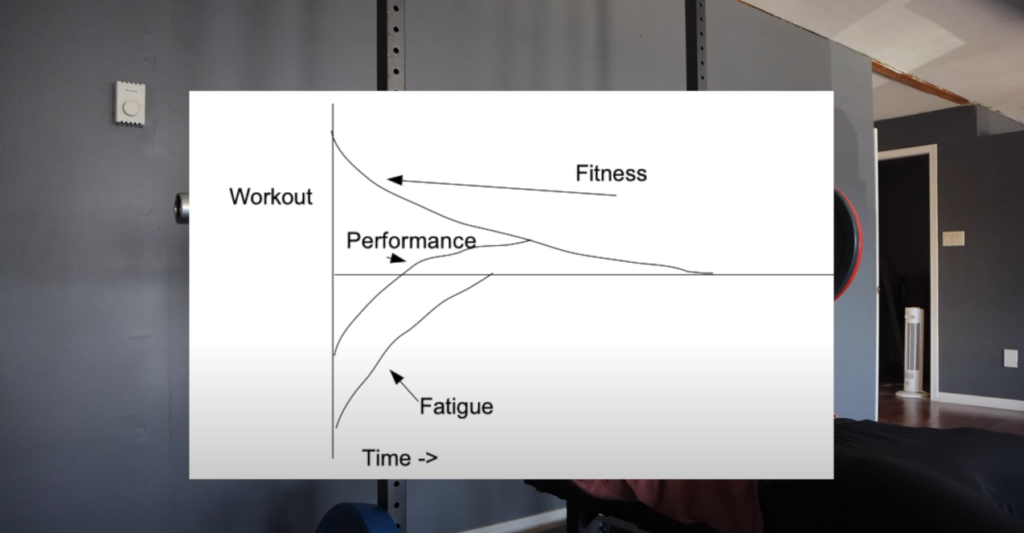
That’s where a deload comes in.
By undergoing a temporary decrease in stress, we allow a period of increased recovery, and catching up.
As well, when we train for extended periods of time, we see that we progressively become less sensitive to the stimulus, which may require us to push volume or intensity higher and higher to get results.
Through taking a period of reduced input we can have our sensitivity readjust and possibly not need to push the volume or intensity as significantly.
And then deloads offer one more vitally important thing for people who have been training really hard – a mental break.
If you’ve been pushing it for weeks on end and training really hard, you’re probably sore and feeling beat up, but you’re also possibly losing some interest in training and having a bit of a struggle with motivation.
This brief period of easy training can help you feel less grizzled, but also help you actually want to get back in the gym and hit it hard again.
So deloads offer a few different possible benefits
- Increased recovery to train hard
- Increased responsiveness to stimulus
- And Increased desire to train
Now most of this is theoretical, so let’s discuss some of the actual research on this!
Will deloading stop you from making progress?
We have three papers to consider here. The first is from Ogasawara et al, where they split the participants into two groups: Those who trained consistently for 24 weeks, and those who took breaks in their training every 6 weeks.
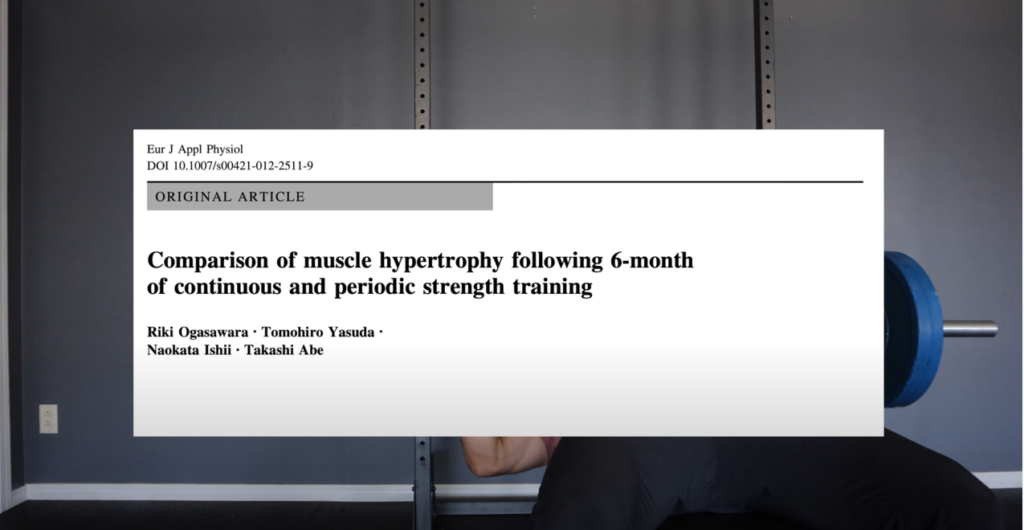
They benched three times a week and then had their muscle cross sectional area and 1 rep max evaluated.
During the deloads, the groups did decrease their muscle size slightly, but when they came back to train, it recovered quickly. In fact, At the end of the 24 weeks, the two groups saw really similar results, that were considered significantly different.
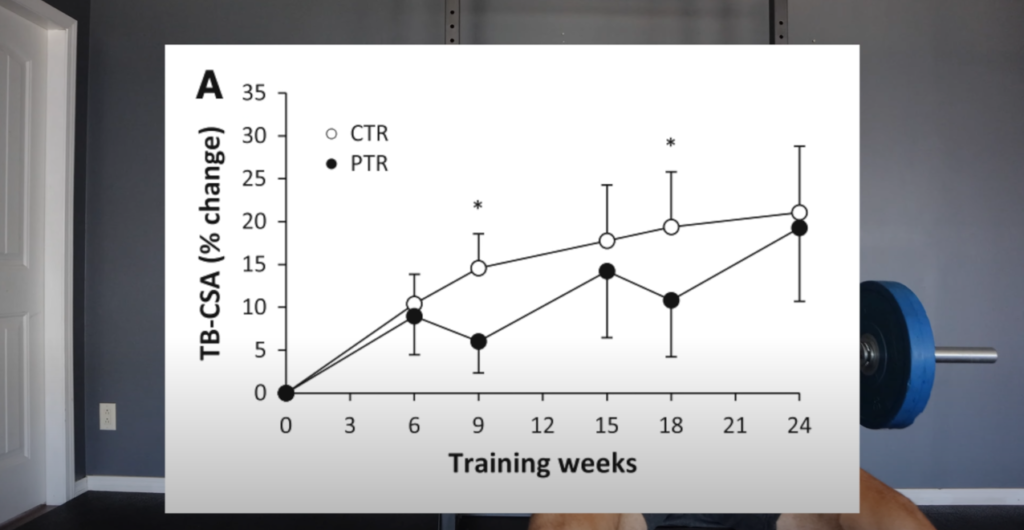
Now in that study, they had people completely stop training, so that’s not a great transfer since we wouldn’t expect you to do that.
A study from Bicket et al. does shed some more light though on our situation.
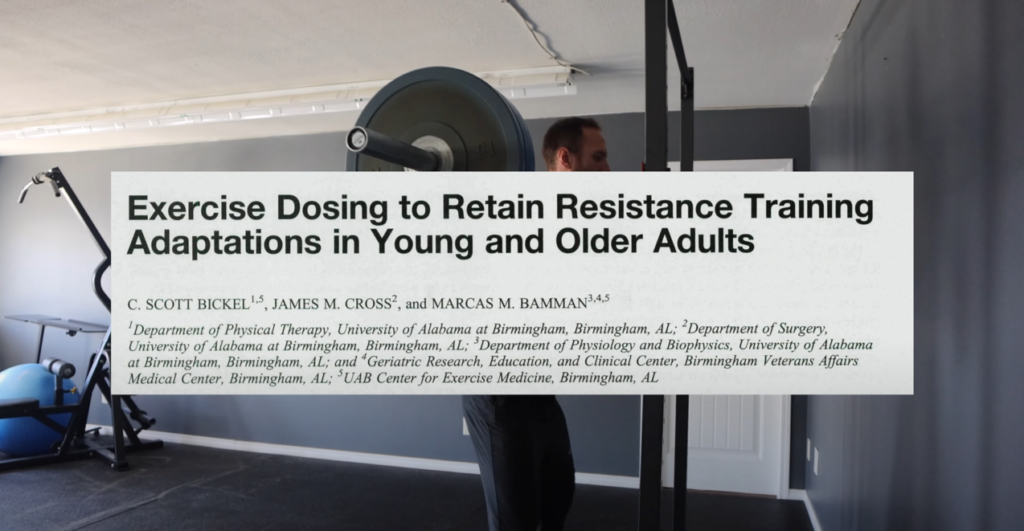
Here they had individuals do 27 sets of leg exercises per week for 16 weeks and measure their quad size and strength. Then they reduced their training down to just 9 sets per week, essentially dropping it by 2/3rds.
They ended up maintaining their results.

This tells us that you’re not going to go backwards as long as you don’t stop training.
So how much should I decrease my volume, intensity, etc.?
This is tricky to answer as it really depends on each individual.
How much fatigue have you accumulated?
Have you been training just kind of hard for a while and feel a bit rough?
You probably don’t need to decrease much – maybe just reduce a few sets total and a bit less intensity. If you’ve been training harder and really pushing yourself hard, you might need to back off a lot more.
Usually the question about decreasing comes from a concern about losing progress from decreasing too significantly. To help guide us on this, we can look at a few studies.
Ralston et al. looked at Weekly set volume for strength gains.

In their meta-analysis they identified that performing less than 5 sets per week for a movement, such as squats or deadlifts, was associated with less results over the long term. If people trained with less than 5 sets, they still got results, but generally more volume resulted in more improvements.
And then we also have a new systematic review and meta-analysis on this topic that showed that by getting in at least 1 hard set three times per week, we could maintain our progress.

So while you’re not trying to necessarily get stronger on a deload, it does give you a starting point to consider.
For instance, I was recently training my deadlift twice a week, doing 6 sets on one day and 3 sets on the other day. When I deloaded, I dropped my volume to 4 sets and 2 sets respectively. This worked out to about 70% of my volume, but still cleared the 5 sets.
For intensity, we can look at another study from Lasevicius 2018 who looked at the response to different training intensities. They had people train with unilateral bicep curls and unilateral leg press with different assignments for intensity – such as 20%, 40%, 60%, or 80% 1RM.

In this study, they saw that if individuals trained with at least 40% of their 1RM, they made improvements with strength and muscle growth.
This is pretty consistent with our global body of research, suggesting we have a minimum of around 30% that we need to use to really make progress.
In my prior example, I had dropped my volume by about 30%, and I had decreased my intensity by about 30%. This reduction was enough for me to feel like I was still training, but not straining and much more relieving on me mentally.
Is 1 week too short?
In most circles a deload week is used, not multiple weeks and sometimes people ask if perhaps they should take a couple or even more weeks to deload.
Well, we actually have a good study from Marrier we can reflect on for this.

This study looked at maximizing performance in Rugby sevens players at the end of a pre-season training camp. They tested them in the mid thigh pull, sprints for force, speed, power, and repeated sprint ability for endurance. Then they trained hard for four weeks and went into a taper where they got tested each week.
Across the three week taper, their performance generally increased, but interestingly their performance saw the biggest spike after the first week of reduced challenge, and then not drastically improve more.
This tells us that while your performance may improve with multiple weeks of deloads, it doesn’t improve significantly.So if you’re not tapering into a competition, just recovering from normal training, you’re probably good to go with just one week.
Alright, lets summarize what this means.
For most people, if you’re following a training plan with a good amount of volume and intensity, and you’re accumulating fatigue, Dropping your volume and intensity for a week can be beneficial.
The exact amount is hard to say, but for most people doing at least 1-2 hard sets three days per week is enough to maintain. Then making sure you’re lifting at least 40% of your 1 rep max, but probably more than that.
So you can decrease the intensity, and make it feel easier, but don’t go too light that it feels like you’re not even training.
Hopefully this helped clarify some concepts and gave you more confidence in practically implementing a deload.
Thanks for reading. Check out the video below and please leave any questions or comments below.


